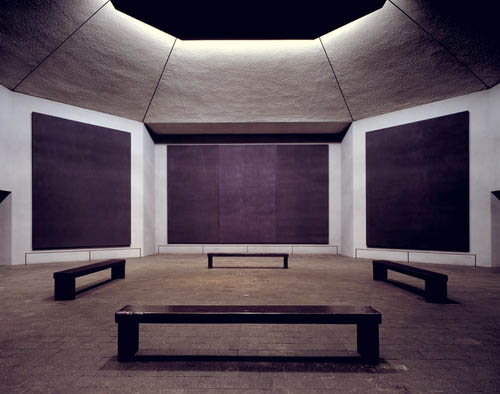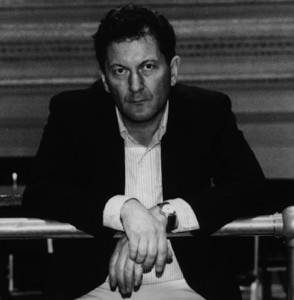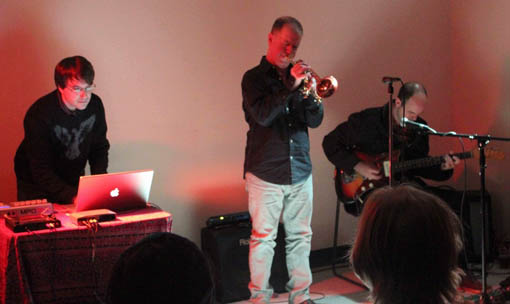
For the LA Weekly, I compiled a list of what appear to be the best classical music events next year in Los Angeles. (Of course, the 2012-13 seasons haven’t been announced yet, so there will likely be events in the fall that I’ll be crazy about, and REDCAT had not published its Winter/Spring concert schedule by the time I turned my copy into my editors)
Just about all my picks involve 20th/21st century music (there’s lots of pre-20th century music at Ojai, and although Mahler may not seem 20th-century to many classical music mavens, over half of his output was composed after 1901). Here they are, in order of Most-To-Least Amount of Regret One Will Have For Not Attending The Event:
1) Steve Reich played by the Bang on a Can All-Stars and red fish blue fish, Jan. 17
2) The LA Philharmonic’s Mahler Project, but in particular the rarely performed 8th Symphony
3) The Ojai Festival–lots of new music, but especially the West Coast premiere of John Luther Adams’ Inuksuit on June 7
4) Jacaranda’s March 17-18 concerts, featuring the LA premiere of Christopher Rouse’s astounding String Quartet no. 3, played by the group which commissioned it, the Calder Quartet
5) Violinist Shalini Vijayan will perform Cage’s One6 and One10 with musical sculptures by Mineko Grimmer (which Cage approved as appropriate companion works to his music), as the opening concert of Cage 2012
My story, along with lots of links and videos, can be read here.
Some observations and amplifications I couldn’t squeeze into a 500-word story:
- REDCAT is doing a 2-night Cage Festival, including performances of 103 and Fifty-Eight on the first evening. But from what I can see right now, that and Southwest Chamber Music’s Cage 2012 are the only big birthday celebrations going on for Cage in his native city. Green Umbrella will present Cage’s Concerto for Prepared Piano, performed by Gloria Cheng and conducted by John Adams; the other works scheduled for that program include Stockhausen’s Tierkreis (the “Carnival of Venice” for new music groups) and a new work from Oscar Bettison which is more likely to be in Cage’s spirit than Stockhausen’s goofy Zodiac pieces.
- The all-Andriessen Green Umbrella concert looks very promising–2 multimedia works, (the lurid Anais Nin and Life) plus the US premiere of La Giro. It’s worth attending just to see the riveting Cristina Zavalloni, who’s become one of Andriessen’s chosen interpreters
- I feel sorry for all the other composers on the above Jacaranda program (Richard Rodney Bennett, William Schuman, and Leon Kirchner)–memory of their music will be completely obliterated by Rouse’s compositional juggernaut, his Third Quartet. There’s a video of the Calder Quartet ripping it up (the West Coast premiere) here. The Calder will also play Rouse’s Second Quartet, but the ending to that work has always struck me as contrived
- Jacaranda has 2 other exciting programs coming up: the American premiere of Terry Riley’s Olson III, a work from the time of In C, and a January concert of chamber music by Dutilleux, Takemitsu, Ung, and Saariaho. It was a real coin toss for me to choose between Olson III or Rouse Third Quartet, but I ultimately went with Rouse because the Calder knows the work cold, and a successful performance is certain (unlike Olson III)
- In addition to Inuksuit, JLA’s Red Arc/Blue Veil and the two-piano-plus-tape version of Dark Waves will be heard at Ojai. Marc-Andre Hamelin, a pianist I would not associate with JLA’s music, will be performing in the latter 2 pieces–I look forward to hearing what he does with the piece. I imagine he’ll get authoritative guidance from Steve Schick, his partner in Red Arc, and from JLA himself. Amusingly, John Adams’ Shaker Loops will be on the same program as Dark Waves. I wonder how many inattentive audience members will think they’re works by the same composer? Much more up Hamelin’s alley: Ives’ Concord Sonata and Berg’s Four Songs, op. 2, and following his performance of Dark Waves with Leif Oves Andsnes, the pianists will play Stravinsky’s 4-hand arrangement of Rite of Spring (done on 2 pianos, because the hand crossings and elbow bumpings are ridiculous)



